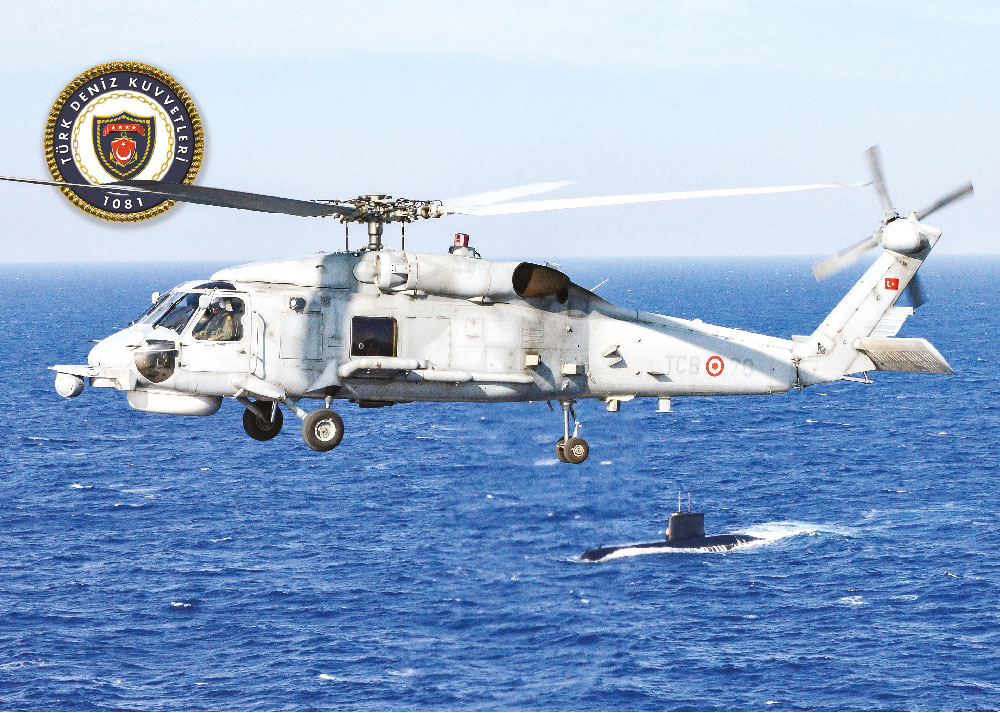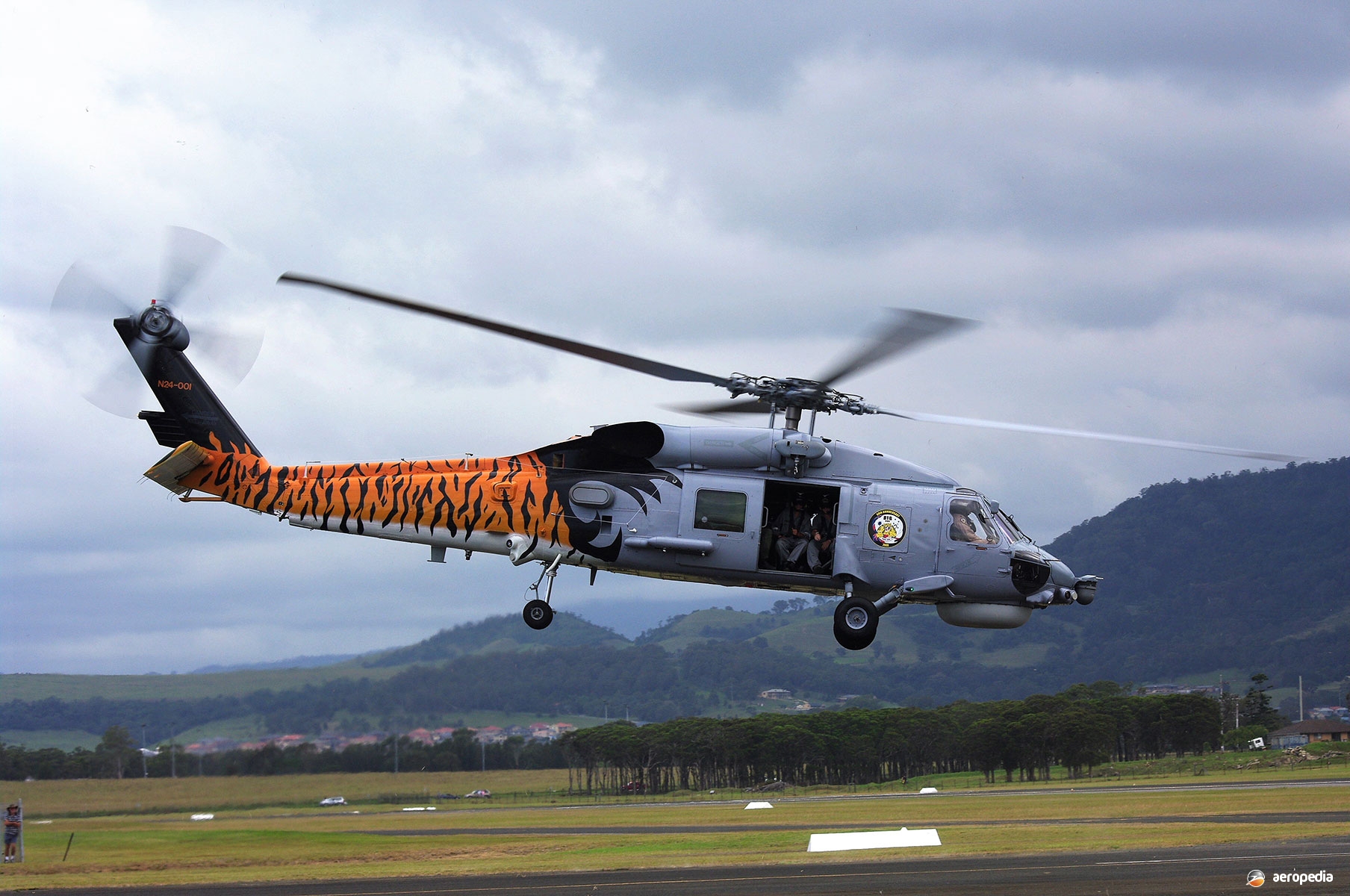Sikorsky S 70: Revolutionizing Tactical Operations with Cutting-Edge Technology
Sikorsky S 70: Revolutionizing Tactical Operations with Cutting-Edge Technology
Blog Article
High-Performance Multi-Role Rotorcraft Featuring Advanced Cabin Technologies and Integrated Sensing Unit Equipments
The world of rotorcraft technology has seen notable innovations in recent times, specifically in the world of high-performance multi-role rotorcraft equipped with cutting-edge cockpit technologies and perfectly integrated sensing unit systems. These technologies have not only enhanced the operational abilities of rotorcraft however have actually also significantly impacted modern-day aviation procedures on numerous fronts. From enhanced mission convenience to enhanced operational performance, the convergence of innovative cockpit innovations and integrated sensor systems has introduced a new age of opportunities for rotorcraft applications. In the following conversation, we will certainly check out the advancement of rotorcraft technology, look into the realm of sophisticated cockpit advancements, and examine the ramifications of integrated sensor systems on the functional versatility and performance of contemporary rotorcraft.
Advancement of Rotorcraft Technology
The development of rotorcraft innovation has actually been noted by significant improvements in the rules of aerodynamics, materials, and propulsion systems, forming the capabilities and performance of contemporary rotorcraft. Wind resistant renovations have boosted the efficiency and maneuverability of rotorcraft, permitting for increased rate, dexterity, and security throughout trip (sikorsky s 70). Advancements in materials, such as using composite products and advanced alloys, have actually resulted in lighter yet more powerful rotorcraft frameworks, improving overall performance and toughness. Furthermore, improvements in propulsion systems, consisting of a lot more powerful engines and ingenious propulsion innovations, have allowed rotorcraft to attain greater altitudes, faster rates, and greater hauls.
These improvements have not only transformed the abilities of rotorcraft yet have actually additionally broadened their applications across various industries, consisting of armed forces, commercial, and emergency services. The continual development of rotorcraft technology remains to drive development in the field, pushing the borders of what is feasible and forming the future of vertical trip.
Advanced Cockpit Innovations
Structure upon the fundamental developments in aerodynamics, products, and propulsion systems, the world of rotorcraft innovation currently moves emphasis towards introducing Advanced Cockpit Innovations. The combination of innovative technologies within the cabin environment plays a vital function in enhancing the operational capacities, safety and security, and effectiveness of modern rotorcraft. sikorsky s 70. Advanced Cabin Innovations encompass a wide selection of features made to offer pilots with boosted situational recognition, streamlined information management, and instinctive control user interfaces
One of the crucial improvements in cockpit layout is the implementation of glass cockpits, which change traditional analog gauges with high-resolution screens. These electronic systems provide personalized layouts, real-time data integration, and enhanced readability, enabling pilots to access important information at a look. Advanced avionics systems, such as fly-by-wire controls and boosted fact display screens, are revolutionizing just how pilots interact with the aircraft, enabling for specific control and boosted decision-making capacities.


Including innovative cabin advancements not just improves pilot performance yet additionally adds to overall goal efficiency and safety in complex operational settings. By leveraging advanced technologies within the cockpit, rotorcraft producers are establishing new standards for functional quality and objective success.
Integrated Sensing Unit Solutions
With the development of rotorcraft technology, the assimilation of sophisticated Integrated Sensor Solution has come to be critical in enhancing operational effectiveness and safety. These Integrated Sensing unit Systems include a vast range of modern technologies that supply vital data for different features such as navigation, surveillance, targeting, and environmental tracking. By effortlessly integrating sensors like radars, electronic cameras, lidar, and infrared systems right into rotorcraft, operators can gain from improved situational understanding, improved goal capabilities, and decreased pilot work.
One secret benefit of Integrated Sensing unit Systems is their capability to collect real-time data and supply workable insights to pilots and mission drivers. Advanced radar systems can find and track targets over long distances, allowing for this contact form early risk detection and efficient feedback planning. Furthermore, integrating electro-optical and infrared video cameras allows rotorcraft to perform reconnaissance and security missions with accuracy and accuracy.
Basically, the integration of innovative sensing unit modern technologies into rotorcraft not just improves functional efficiency however likewise adds substantially to overall objective success and team safety and security. As rotorcraft proceed to advance, the duty of Integrated Sensing unit Solution will undoubtedly continue to be at the center of technology in the aerospace market.
Operational Versatility and Efficiency
Enhancing functional convenience and efficiency in rotorcraft is an all-natural development from the integration of sophisticated Integrated Sensor Find Out More Systems. By leveraging the data and insights provided by these cutting-edge sensor systems, rotorcraft can optimize their performance throughout various goals and atmospheres.
Functional convenience includes the ability of rotorcraft to adjust to different functions and scenarios successfully. With innovative cockpit modern technologies and incorporated sensor systems, rotorcraft can seamlessly change in between tasks such as search and rescue, medical emptying, surveillance, and extra. This flexibility boosts the rotorcraft's ability to fulfill diverse operational demands without needing extensive reconfiguration.
Effectiveness in rotorcraft operations is essential for taking full advantage of mission efficiency and source application. Integrated sensor systems play a crucial function in enhancing functional performance by offering real-time information on weather, terrain mapping, target tracking, and extra. This data makes it possible for pilots to make informed decisions promptly, optimize trip courses, conserve fuel, and improve general mission productivity.
Influence on Modern Aviation Operations

Additionally, the assimilation of sophisticated sensing units helps with improved objective planning and execution, allowing rotorcraft to carry out a vast array of jobs with boosted accuracy. From search and rescue operations to airborne firefighting and law enforcement goals, the abilities of modern rotorcraft furnished with innovative cockpit technologies and incorporated sensor systems are unparalleled.
Additionally, the effect of these developments expands past operational effectiveness to cost-effectiveness and sustainability. By optimizing trip routes, fuel intake, and upkeep timetables, high-performance rotorcraft geared up with sophisticated cabin technologies and sensing units add to decreasing functional prices and environmental influence, making them essential assets in contemporary aeronautics operations.
Final Thought
Finally, the high-performance multi-role rotorcraft with advanced cockpit modern technologies and integrated sensor systems represents a considerable development in aviation innovation. These technologies boost functional flexibility and performance, inevitably influencing modern-day aeronautics operations in a positive method. The combination of these sophisticated innovations permits for enhanced abilities and performance in various mission scenarios, showcasing the continued advancement of rotorcraft technology in the aviation industry.
The world of rotorcraft technology has actually seen remarkable advancements in recent times, particularly in the realm of high-performance multi-role rotorcraft equipped with sophisticated cockpit technologies and seamlessly incorporated sensing unit systems. From improved goal convenience to enhanced operational performance, the merging of advanced cabin innovations and integrated sensing unit systems has actually ushered in a brand-new age of possibilities for rotorcraft applications. In the adhering to conversation, we will certainly check out the evolution of rotorcraft modern technology, dive right into the realm of advanced cabin advancements, and analyze the implications of integrated sensing unit systems on the operational convenience and effectiveness of contemporary rotorcraft.

Report this page